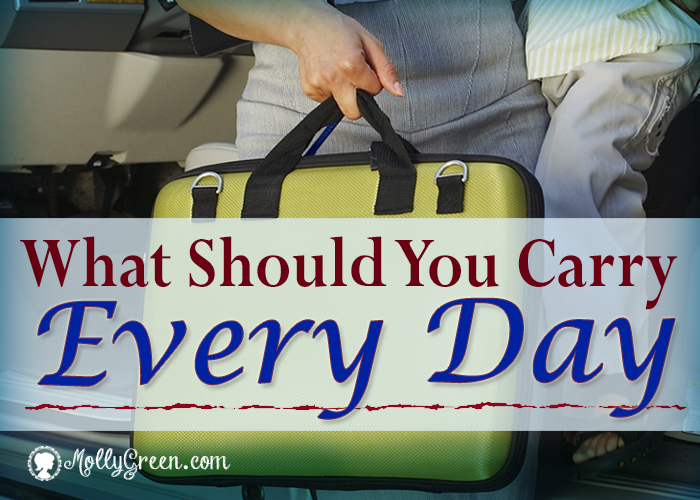By Alyce Repko
In 1961, my parents decided to drive to Florida for a Christmas vacation. Unprecedented, and never to be repeated again, we embarked on the 24-hour drive that took two days. Driving down I-95, we encountered snow and 5-miles-per-hour traffic. In those days, the numerous and easily accessible franchise restaurants of today were nonexistent and hungry travelers purchased every available bottle of soda, candy bar, and pack of gum from the gas station vending machines. My mother was exuberant. She didn’t take pleasure in the other people’s difficulties, but rather was happy that she had planned carefully, packing enough food for both lunch and dinner, as well as amusements for my sibling and me. The rest of the trip was uneventful, but it was a lesson that I never forgot.
When my children were small, the hour trip to their grandparents’ houses could feel like forever to them. I wanted my children to learn to take a book, toy, or other nonelectric diversion to prevent boredom. If they were bored, they were admonished to choose more wisely the next time, and they usually did. I packed water and snacks. Most of my excursions are local, although it is common for me to drive much longer distances. At times the highway can be backed up for miles due to an emergency. I have driven home late at night with car trouble (once it was broken motor mounts and the other loose lug nuts); been stuck in a grocery store with a power outage (I was glad it was still daylight); found myself unexpectedly in total darkness in a building at night (They were closing up faster than expected. I got out, but I needed the flashlight); had the car battery die; had the carburetor get stuck; experienced flat tires; had a broken brake line; needed simple first aid; and did not have enough drinking water while sitting in parking-lot style traffic watching the heat waft up from the road.
Over the years I have continued to tweak what I carry every day to prevent difficulties while I’m out and about. Some people call this their “every day carry,” or EDC kit. It may be a new acronym, but for me, it is a long-time standard for both short- and long-distance travel.
You Never Know When You Might Need an Emergency Car Kit
I pack two bags before my adventure, the “knitting bag,” and my purse. The knitting bag may contain a knitting project in progress; knitting accoutrements that come in handy for non-knitting needs, such as scissors; a book; cardigan sweater; small flash light; head lamp; container of nuts or raisins; two water bottles of cold water in warm weather, and one water bottle and one hot beverage thermos of tea in the winter. For very cold weather, I may also toss in extra leg warmers, mittens, socks, and a pair of Yaktrax (for walking safely on ice). Warm weather keeps the bag a bit lighter, but the sweater is usually needed year round.
If necessary, a thermos for a meal will also be added. In addition to what one might expect in a purse, I carry basic first aid items in a small zip pouch; a pocket knife; pen and mechanical pencils; a compact cutlery set; a cell phone and charger; small sketch book; a weekly/monthly planner using the monthly calendars for scheduling, but the weekly sheets as a notebook; handkerchiefs; 85% chocolate bar, and a Dwarsligger-format compact Bible. I also wear a wristwatch.
The water bottles I use are double-wall steel, making them heavy when filled. It is still my preference, but I do not always take my “knitting bag” out of the car. I may just grab a water bottle and my purse and go to my destination. My purse and bag contents are used for somewhat local travel in high traffic areas. I am not traveling miles on back roads that few travel; I am usually able to keep off the roads if the weather is bad; snow and heavy traffic, even at a slow speed results in too many accidents.
I use all of the contents of the bags with some items being used more than others. When I add a new item, I do not want it to take up space and weight, without contributing to a good trip. If you haven’t created your own EDC kit yet, I highly encourage you to think about the type of trips you make, the type of inclement weather you may face, and the kinds of emergencies that could arise. With these things in mind, start gathering items remembering that your “everyday carry” needs may be different from mine. Emergencies and inconveniences rarely happen at a good time and, most likely, you’ll be grateful for your EDC.
Want more ideas on what you should pack in an emergency car kit? Read this article by BankRate.
Alyce Repko is the wife of a hardworking husband, and the mother to six adult children who live in five different states. They raise rabbits, chickens, and sheep on their six-acre farm. She puts up food, does freelance artwork, plays with a local orchestra, knits, sews, and buys too many books.





